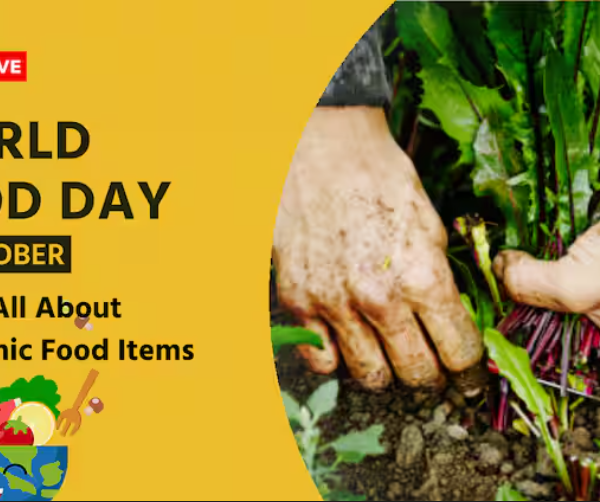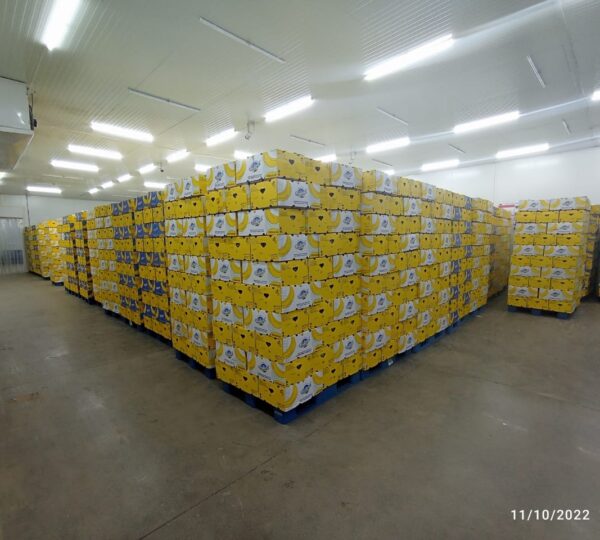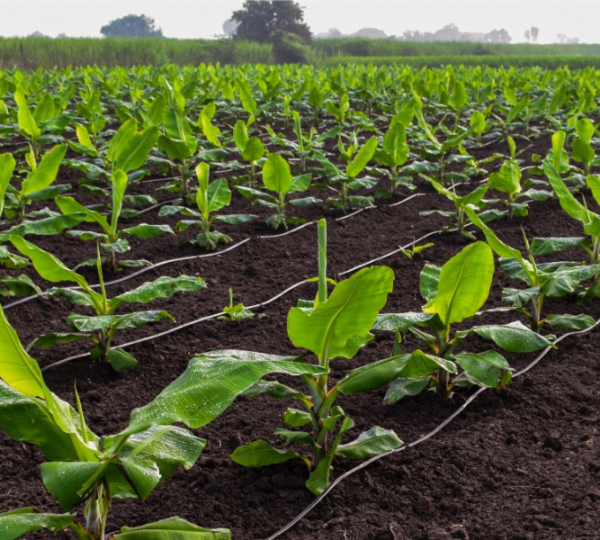As the Union Budget for 2024 is on the horizon, it is important to note that agriculture plays a critical role in India’s economy, employing more than 50% of the workforce and accounting for about 15% of the Gross Domestic Product (GDP). The sector’s stability and growth are essential for fostering inclusive economic development and enhancing rural livelihoods. In the last decade, there has been a significant rise in budgetary allocations for agriculture, reflecting the government’s acknowledgment of its importance for economic stability and rural welfare.
Starting from relatively modest figures, agricultural budget allocations have consistently increased, driven by the need to modernize farming techniques, boost productivity, and secure food supplies in the face of a rising population. Government statistics reveal that these allocations have experienced annual growth on average, highlighting a commitment to strengthening the sector’s resilience to climate change, enhancing irrigation systems, and promoting sustainable agricultural practices.
In recent years, the Government of India has undertaken an ambitious and multifaceted strategy to uplift its agricultural sector, a vital component of the nation’s economy and livelihood for millions. With over 58% of the population engaged in agriculture, the importance of sustainable farming practices and economic support cannot be overstated. The introduction of 25 welfare schemes is aimed at ensuring the financial stability of farmers, enhancing productivity, and promoting sustainable practices.
This ongoing increase in financial support illustrates India’s strategic emphasis on agricultural advancement as a key element of its broader economic growth and welfare initiatives.
At the forefront is the Pradhan Mantri Kisan Samman Nidhi (PM-KISAN), launched in 2019, which provides ₹6,000 annually to over 140 million smallholder farmers. This direct cash transfer initiative is designed to alleviate financial strain, especially for those affected by volatile market conditions or natural disasters. According to government data, PM-KISAN has disbursed approximately ₹1.5 lakh crore since its inception, transforming the economic landscape for rural families.

Complementing PM-KISAN is the Pradhan Mantri Kisan Maan-Dhan Yojana (PM-KMY), a pension scheme tailored for small and marginal farmers. The program guarantees a monthly pension of ₹3,000, post-retirement, creating a safety net for aging farmers who often face economic challenges. It is estimated that around 3 million farmers have registered for this initiative, underscoring its critical role in securing financial stability for the elderly.
Crop insurance remains a pressing need for farmers, particularly given the increasing unpredictability of climate patterns. The Pradhan Mantri Fasal Bima Yojana (PMFBY) was implemented to provide comprehensive crop insurance, covering up to 50% of the insured amount against crop failures due to weather-related events. In the 2021-2022 fiscal year alone, PMFBY covered crops worth ₹1.3 lakh crore, with payouts exceeding ₹17,000 crore, thus providing essential support during dire circumstances.
To ease the burden of agricultural loans, the Modified Interest Subvention Scheme (MISS) offers interest subsidies on short-term loans. This initiative, coupled with the Agriculture Infrastructure Fund (AIF), which provides ₹1 lakh crore in loans for the development of post-harvest infrastructure, has transformed rural landscapes. By 2023, over 15,000 projects have been funded through the AIF, facilitating greater efficiency in supply chains and reducing post-harvest losses.

In a bid to strengthen collective bargaining, the government is establishing 10,000 Farmer Producer Organizations (FPOs), which allow farmers to pool resources and access better markets. Data indicates that FPOs have improved farmers’ incomes by an estimated 30% by providing bulk purchasing power for inputs and improved prices for their produce.
Sustainability is also a critical theme in these schemes. The National Beekeeping and Honey Mission (NBHM) promotes beekeeping, a lucrative source of additional income and essential for pollination. It is projected that this initiative could enhance the livelihoods of approximately 2 million beekeepers and significantly increase honey production, which was valued at ₹1,200 crore in the last fiscal year.
The government has also launched the Market Intervention Scheme and Price Support Scheme (MIS-PSS) to protect farmers from price drops in essential commodities. During the 2022-2023 agricultural season, MIS-PSS intervened in the market to purchase nearly 1.5 million tons of crops, ensuring farmers received fair prices despite market volatility.
Modern technology is being embraced through the Namo Drone Didi initiative, which empowers Women Self Help Groups (SHGs) with drones to provide agricultural services. This program not only improves productivity but also fosters women’s empowerment, with nearly 5,000 women participating in drone operations and services.
At the state level, the Rashtriya Krishi Vikas Yojana (RKVY) allows states to customize investments in agricultural infrastructure, addressing regional needs effectively. The Soil Health Card (SHC) initiative has equipped farmers with vital information regarding soil health, encouraging sustainable farming practices that can increase yields by up to 20%.
In rainfed regions, the Rainfed Area Development (RAD) scheme aims to improve agricultural resilience against climate change. This program promotes integrated farming systems, benefiting an estimated 3 million farmers in vulnerable areas. Meanwhile, the Per Drop More Crop (PDMC) initiative focuses on efficient water usage, with micro-irrigation systems being adopted across 1.5 million hectares, enhancing productivity while conserving water resources.
The Paramparagat Krishi Vikas Yojana (PKVY) supports the promotion of organic farming, enabling farmers to transition to sustainable practices. As of 2023, over 600,000 farmers have benefitted from organic clusters, contributing to a notable increase in organic produce sales, valued at ₹3,500 crore.
The Sub-Mission on Agriculture Mechanization (SMAM) encourages the adoption of modern agricultural machinery. Government data indicates a rise in mechanization levels from 40% to over 60% in the last five years, significantly increasing labor efficiency and productivity.
In efforts to combat environmental degradation, the Crop Residue Management scheme addresses the sustainable disposal of crop waste. It is estimated that this initiative has reduced stubble burning incidents by 30%, contributing to improved air quality in major agricultural states.
The National Food Security Mission (NFSM) aims to increase the production of key crops such as rice, wheat, and pulses. Between 2021 and 2023, the mission reported a production increase of 12% in pulses alone, vital for both domestic consumption and export.
The Sub-Mission on Seed and Planting Material (SMSP) ensures that farmers have access to quality seeds, essential for achieving food security. This initiative has led to a 15% increase in crop yields for beneficiaries, directly impacting food supply and farmers’ income.
The government is also focusing on self-sufficiency in edible oils through the National Mission on Edible Oils (NMEO), which promotes oil palm cultivation. The target is to expand oil palm acreage by over 1 million hectares by 2025, aiming to reduce imports by 20%.
The Mission for Integrated Development of Horticulture (MIDH) supports the holistic growth of the horticultural sector, while the National Bamboo Mission (NBM) strengthens bamboo value chains, enhancing livelihoods in tribal areas.

Finally, the Integrated Scheme for Agriculture Marketing (ISAM) and the Mission Organic Value Chain Development for Northeast Region are critical for improving market access and supporting organic producers, particularly in underserved regions.
As India faces the dual challenges of climate change and fluctuating market conditions, these 25 welfare schemes embody a comprehensive approach to supporting the nation’s farmers. By investing in financial security, sustainable practices, and modern technology, the government is not only addressing immediate agricultural needs but also laying the groundwork for a resilient and prosperous agricultural future.
(This article is authored by Aryamman Agarwaal, Chief Farmer and COO at Trident Fruits, India’s leading fruits value chain company with presence across R&D, Plantations, packhouses, cold storage, logistics and exports)
(Sources: Ministry of Agriculture and Farmer’s Welfare)




